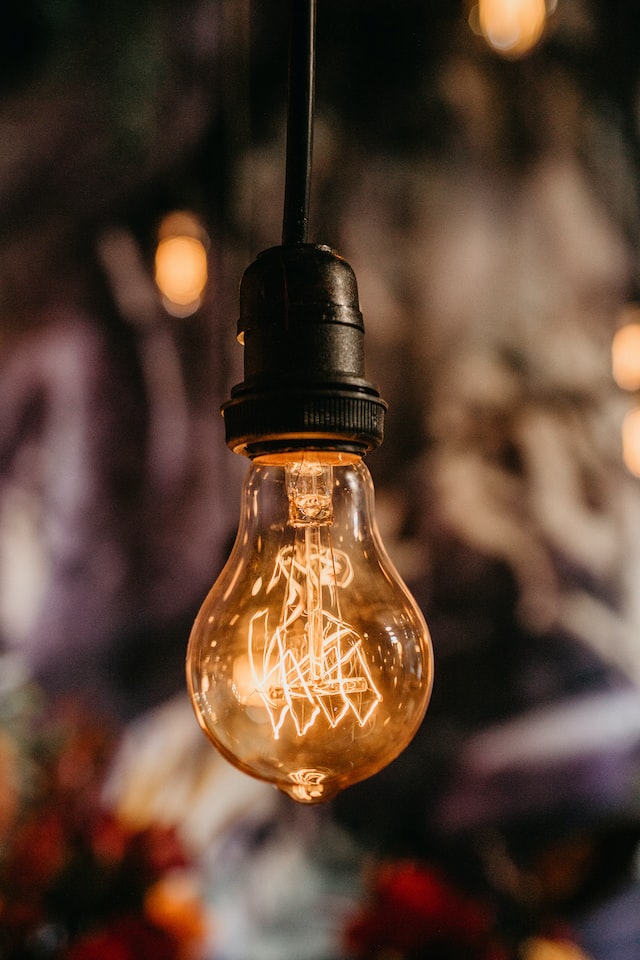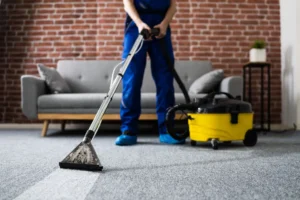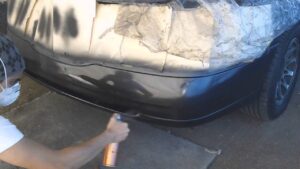
Don’t know what’s wrong with your damaged light bulb?
Find out what’s going on!
If a light suddenly stops working, try some solutions.
A lamp that keeps going out or turns out unexpectedly when you think it has plenty of life left in it is one of the most frustrating things that can happen.
Take action with our brief troubleshooting guide and learn how to repair a light if you discover a stubborn fixture.
Prioritize Basics by Checking Bulb and Settings
Ensure you haven’t missed anything by beginning with the basic tasks.
Does the light come on when the switch is flipped?
If you have any doubts about whether or not a light is on, test the switch to be sure.
This is especially important for lights that use in-line switches or roller-type switches.
The bulb itself should then be checked, however briefly.
Does it sound like it is rattling in the wall, or is it lost?
Possible causes include using the incorrect bulb type or not tightening the screw far enough.
You can also do the shake test by removing the bulb now.
When still functioning, many incandescent bulbs emit a soft tinkle; however, a louder, more pronounced tinkle signals that the bulb has burned out.
With a clear incandescent bulb, you can tell if the filament is damaged with your naked eye.
This approach has limited utility because LED and fluorescent bulbs do not produce a rattling sound when they burn out.
Here’s how to install a ceiling light yourself if you’re considering replacing your current lighting system.
Check Out Some Alternative Home Equipment
Then, move on to examining nearby electrical items.
If no lights or appliances respond to switches, a breaker will likely be tripped.
The breaker will trip if a circuit is overloaded, like when using many power-hungry appliances at once.
During the day, it’s easy to be distracted by work, so it’s a good idea to sweep the space briefly to ensure nothing major has gone wrong.
Check the Socket by Unscrewing The Bulb
Is there any evidence that the socket has been damaged or burned?
In that case, either the bulb or the socket is defective and has to be replaced (this takes a little electrical experience to do correctly, but it can be a DIY project with the right safety precautions).
Check the tightness of the bulb’s fit in the socket if it’s been flickering regularly.
The base of the bulb may not always create a secure connection to the socket due to tabs or positioning.
Modifying this one thing can have far-reaching effects.
Always unplug the light from the wall socket before attempting any repairs, and always remember to do so whether or not you need to know how to fix the light.
Got a Chord? Inspect the Power Switch
Your focus should be on the outlet if your lamp requires one.
If you’ve tried plugging the lamp into a different outlet in the same room, and it still doesn’t work, the issue is likely with the electrical outlet.
GFCI (Ground Fault Circuit Interrupt) outlets can trip if they detect water (as may happen in a kitchen or bathroom).
There is a reset button on each of these plugs. The outlet’s wiring or the wiring in your walls is probably at fault if a standard outlet doesn’t function. It’s more concerning since it could cause an electrical fire.
If an electrical outlet suddenly stops working, you should have a professional check it out.
Make Sure the Wiring Is Good
Checking the wiring for your switches, sockets, and outlets can help you figure out how to fix a light with an internal problem if the bulb itself appears to be fine.
Numerous circuit testers are available for purchase online, making it simple to check voltage and identify which wires are functioning well and which are exhibiting difficulties.
An electrician may swiftly check your light fixture and see if any wires need to be further investigated for failure if you are uncomfortable with this type of wire testing.
Make Sure the Ballast Is Working
This advice is for fluorescent lighting in general, but more specifically for the older-style tubes that require sizable ballasts to regulate the flow of electricity via the gas inside the bulb.
Due to normal wear and tear, the fluorescent light will stop working when the ballast fails.
A new ballast is an answer.
Be sure to ask a professional if you have any doubts about which ballast model and make is best for your lamp.








